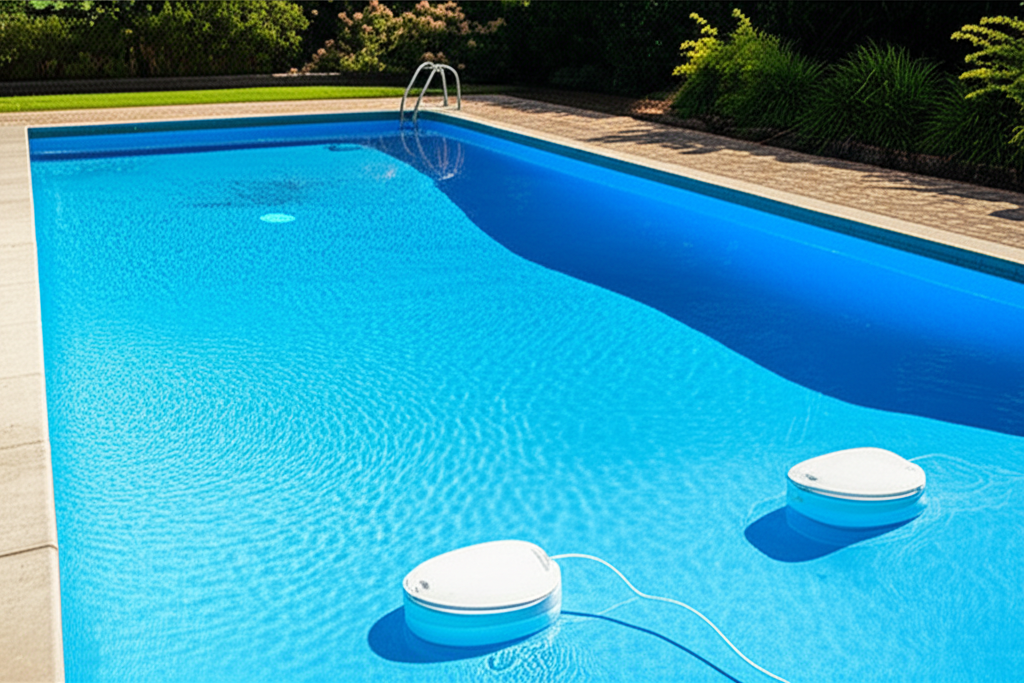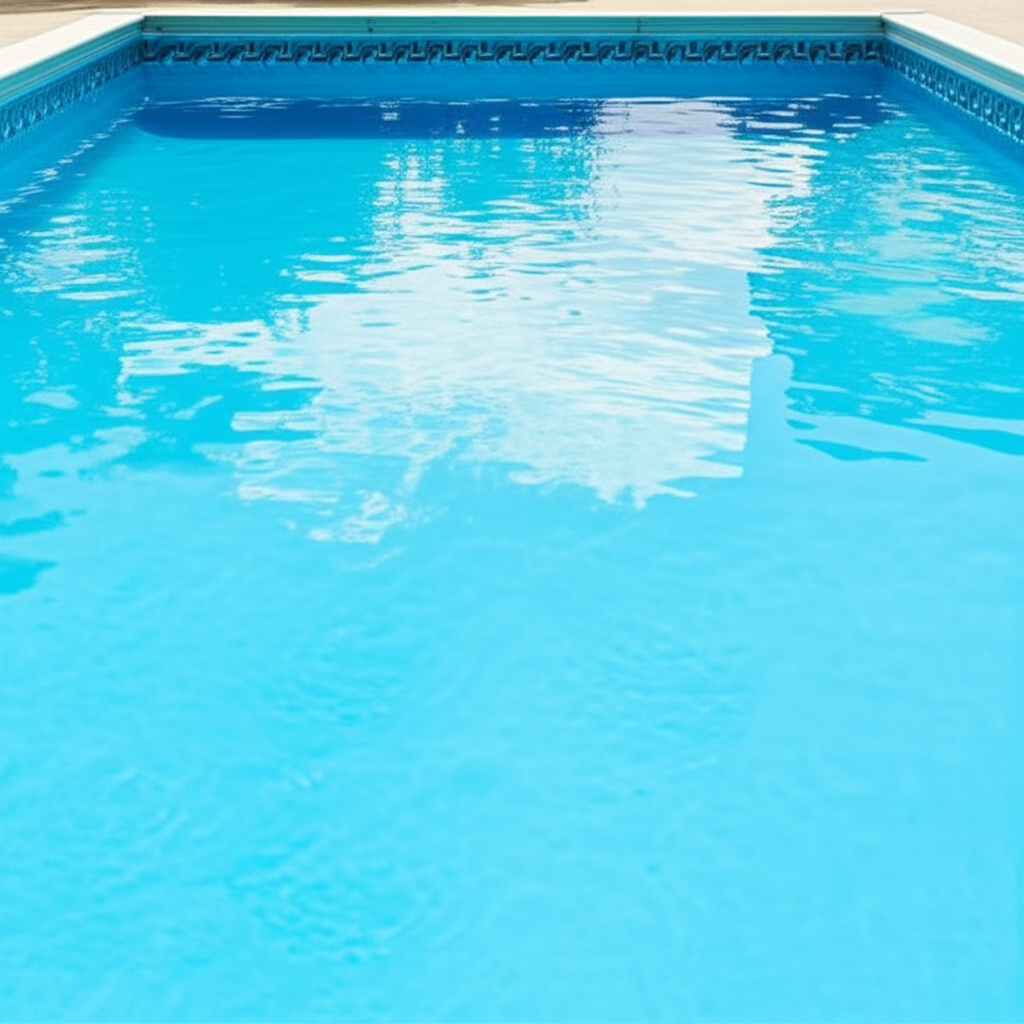- Why Vinyl Liners Stand Out for Easy Care
- Essential Routine Care for Your Vinyl Liner Pool
- Advanced Pool Liner Maintenance for Longevity
- Protecting Your Investment: Longevity Tips for Your Vinyl Liner
Vinyl Liner: The Ultimate Easy Pool Maintenance Solution
Vinyl Liner pools have long been celebrated for their aesthetic versatility and comfortable swimming experience, but perhaps their most compelling attribute is the significantly easier maintenance they offer compared to other pool types. For homeowners seeking a backyard oasis without the demanding upkeep, a vinyl liner pool truly presents an ultimate solution, streamlining the often-complex world of pool care into a manageable, even enjoyable, routine. Its smooth, non-porous surface is inherently resistant to common pool problems, making daily and weekly maintenance tasks remarkably straightforward.
Why Vinyl Liners Stand Out for Easy Care
The fundamental design of a vinyl liner pool contributes directly to its low-maintenance profile. Unlike plastered or tiled surfaces, which can be rough and prone to micro-cracks where algae and debris can latch on, a vinyl liner offers a seamless, slick finish. This inherent smoothness makes it incredibly difficult for microscopic organisms like algae to take hold. Less adhesion means less scrubbing, less chemical intervention, and ultimately, less time spent on laborious tasks.
Furthermore, vinyl’s non-abrasive nature is gentle on pool cleaning equipment. Brushes, vacuum heads, and robotic cleaners glide effortlessly across the surface, dislodging any stray particles without causing wear or damage to the liner itself. This not only extends the life of your cleaning tools but also ensures a thorough clean with minimal effort. The flexibility of the material also prevents cracking, which can be a common source of hidden issues in more rigid pool structures, requiring specialist repairs.
Essential Routine Care for Your Vinyl Liner Pool
Maintaining a vinyl liner pool involves a few key practices that, when performed regularly, ensure crystal-clear water and a pristine surface for years to come. These steps are simple and designed to prevent problems before they start.
Skimming and Vacuuming: Daily skimming is crucial to remove leaves, insects, and other floating debris before they sink and potentially stain the liner. Weekly vacuuming, either manually or with an automatic cleaner designed for vinyl pools, ensures that any settled debris is removed. Always use a soft-bristled brush on your vacuum head to avoid scuffing the liner.
Water Chemistry Management: Proper water balance is paramount. While vinyl liners are less demanding than concrete pools in terms of chemical fluctuations, maintaining ideal pH levels (7.4-7.6), alkalinity (80-120 ppm), and calcium hardness (175-225 ppm) is essential. Balanced water prevents issues like staining, scaling, and premature liner degradation. Pay particular attention to chlorine levels, ensuring they remain within the recommended range (1-3 ppm) to effectively sanitize the water without being excessively harsh on the liner material.
Brushing the Liner: Even with its smooth surface, a quick weekly brush of the walls and floor can dislodge any nascent grime or buildup, especially in corners or areas with less circulation. A soft nylon brush is ideal for this task, protecting the delicate vinyl surface while ensuring a thorough clean.
Advanced Pool Liner Maintenance for Longevity
Beyond the routine, there are specific considerations for optimizing the longevity and appearance of your vinyl liner. Effective Pool Liner Maintenance ensures your investment remains beautiful and structurally sound for its entire lifespan.
Preventing Algae: While vinyl is resistant, algae can still form, especially during warm weather or if chemical levels dip. Regular shocking (a concentrated dose of sanitizer) after heavy use or once every two weeks can prevent algae from taking hold. If algae does appear, address it immediately with an algaecide specifically formulated for vinyl pools, followed by brushing, shocking, and vacuuming.
Addressing Stains: Stains on a vinyl liner usually originate from organic matter (leaves, berries) or metals in the water. For organic stains, a localized chlorine treatment or a specialized stain remover designed for vinyl can often work wonders. For metal stains, a metal sequestrant or a stain remover specifically for rust/iron is needed. Always consult the liner manufacturer’s recommendations and thoroughly test any product in an inconspicuous area first.
Winterizing Properly: If you live in a region with freezing temperatures, proper winterization is critical. Lower the water level according to manufacturer instructions, balance chemicals, and use a winterizing kit. Ensure all equipment is drained and protected. An air pillow under the winter cover helps distribute weight and absorb ice expansion, protecting the liner from damage.
Protecting Your Investment: Longevity Tips for Your Vinyl Liner
To maximize the lifespan of your vinyl liner, which can range from 10 to 20 years with proper care, consider these additional tips:
Avoid Sharp Objects: Always be mindful of sharp toys, pet claws, or tools that could puncture or tear the liner. Remind swimmers about pool safety and handle cleaning equipment with care.
Proper Chemical Application: Never add concentrated chemicals directly to the pool water without first diluting them, especially granular chemicals. Concentrated chemicals can bleach, wrinkle, or damage the liner. Dissolve them in a bucket of water before slowly pouring them into the pool near the returns, or utilize a feeder system.
Monitor Water Level: Keep the water level at the midpoint of your skimmer opening. Low water levels can expose the liner to direct sunlight and potentially cause fading or drying out above the waterline, while excessively high levels can impact skimmer effectiveness.
Professional Inspections: Consider a professional pool inspection every few years. Experts can identify potential issues early, such as small leaks or areas of wear, allowing for timely repairs before they escalate.
In conclusion, the appeal of a vinyl liner pool extends far beyond its initial cost-effectiveness and customizable designs. Its smooth, durable surface fundamentally simplifies the entire process of pool care, allowing owners to spend less time scrubbing and more time swimming. By adhering to a few straightforward maintenance practices, homeowners can ensure their vinyl liner pool remains a sparkling, effortless source of leisure and enjoyment for many seasons to come.




